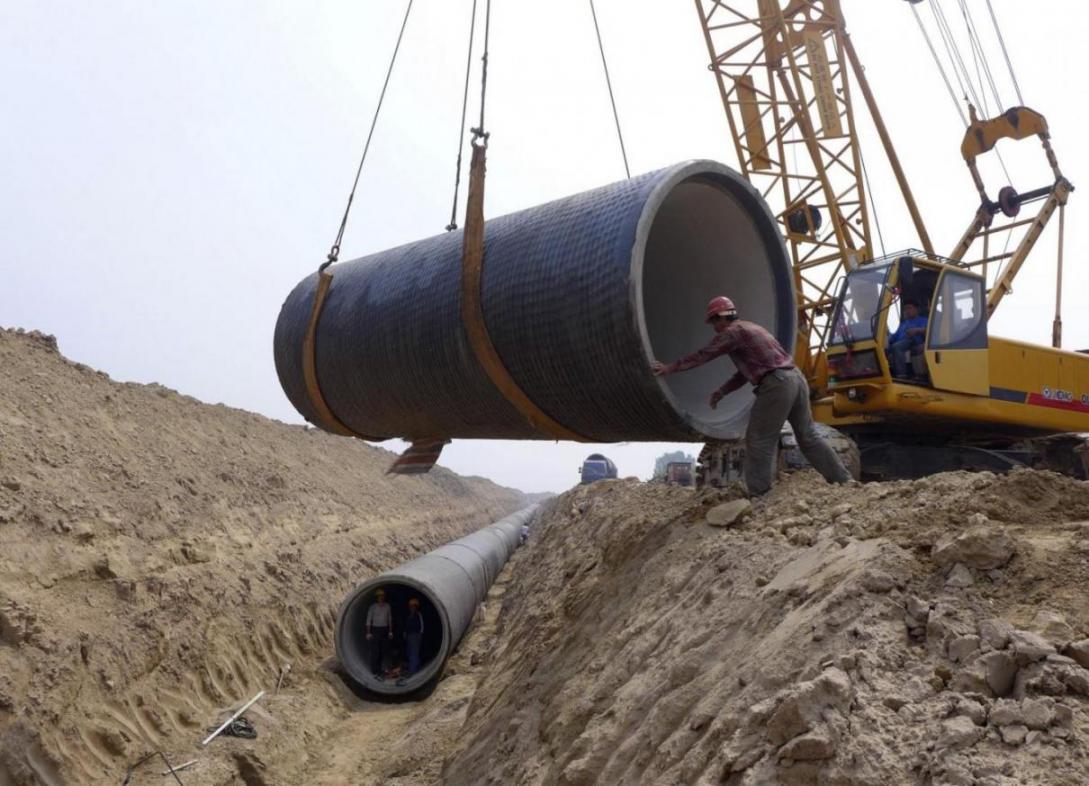The water coming out of Beijing taps later this month may have travelled more than 1,400 kilometers, transported along a series of canals and pipelines that form part of the world's biggest water transfer project.
The $62 billion undertaking – dreamed up by former Communist Party leader Mao Zedong in the 1950s – is designed to supply China's parched and pollution-ridden north, home to more than 300 million people and countless water-intensive businesses, Reuters reported Tuesday.
For global companies that rely on Chinese factories and farms to supply clothing, food, electronics and a host of other products, it's crucial that China gets this right.
Some provinces in Northern China have less freshwater per person than the desert countries of the Middle East. Of the country's total, water-intensive industries such as clothing and electronics manufacturing consume a quarter – a share the think-tank 2030 Water Resources Group expects to grow to a third by 2030.
"There is no doubt that cities (in) the rapidly growing powerhouses of regional economies would be seriously compromised without additional water supplies," said Simon Spooner, a China water expert with consultancy Atkins Global.
The government could keep water flowing into industry by taking it away from agriculture, with crippling consequences for the latter. By transporting water from the south, the government can avoid having to make such a choice, Spooner said.
Securing adequate water is among the biggest issues. Parts of Northeast China endured the worst drought in more than 60 years this summer, damaging crops and forcing factories to close down operations several days a week. The economic cost in one province amounted to 7.3 billion yuan ($1.19 billion), state-run Xinhua news agency cited local authorities as saying.
Changing Ways
The first stage of China's south-to-north transfer brought water to the industry-heavy northeast, but it was barely useable when it reached Tianjin because it picked up pollutants and sediments while flowing north through polluted soil.
That has raised concerns about the latest phase – a decade in the making – bringing water to Beijing and surrounding regions via a different, less polluted route.
Some experts have also voiced concern that the project's extensive tapping of water from the Yangtze River and its tributaries may damage one of China's most important water ways.
At the same time there are fears that sending so much water north will harm the development of the regions from which the water is drawn.
Concerns have even been voiced at the high levels of the central government.
In February, Qiu Baoxing, the vice minister of housing and urban-rural development, said the water diversion project was unsustainable and that Beijing would be better off relying on desalination technology and saving rain water.


